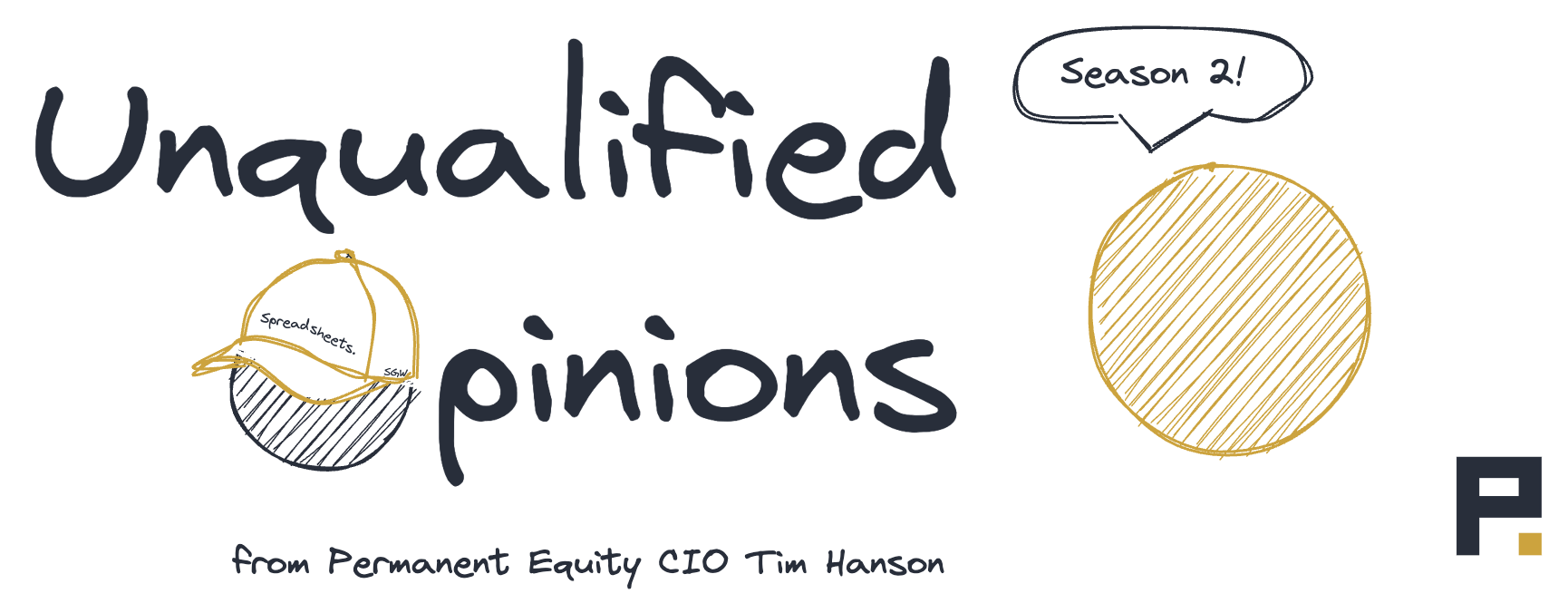The Person-to-Problem Ratio
One way to look at capital allocation is through fancy math such as return on invested capital (ROIC). This has you figure out how much money you spent on something and how much money you made as a result. It’s calculated in dollars and expressed as a percentage, and useful in evaluating and prioritizing work based on expected outcomes and also in thinking through how to get better outcomes by lowering the cost of achieving them.
A lesser-known framework (because maybe I’m the only one that uses it) is the person-to-problem ratio (P/P), which counts how many people are working on a problem. It’s useful in evaluating and prioritizing work based on the effort required to do it and also in thinking through how to get better outcomes by raising the cost of achieving them.
But why would anyone want to raise the cost of achievement?
Let’s say you make a New Year’s resolution to exercise more. Then the first week goes great and the second week ok, but by the third week you are back to your pre-resolution, couch potato self. If you tried to calculate a ROIC to justify investment to solve your problem, you’d get nowhere because it’s nearly impossible in this scenario to quantify an expected return in dollars. Further, a ROIC lens wouldn’t help you gain any insight into what or how much of an investment to make. You could buy weights, for example, but would that make you more likely to lift them?
Now apply the P/P ratio. Your problem (the fact that you’ve stopped exercising) exists because your P/P was 1, but what if you double it?
First, doubling anything is significant, so a forcing function here is that people are whole numbers and can’t be gradually allocated, so anytime you think about increasing your P/P ratio on something, you have to really consider whether doing so is worth it. Second, people are less faceless than money, so increasing the P/P ratio on something also forces you to consider specifically what that looks like. Going back to the exercise example, one way might be to hire a trainer. Another might be to get a running partner.
Or you could even push the P/P ratio to 10 by doing something like join a running club.
Of course, none of us have infinite resources, so another interesting aspect of the P/P ratio is thinking about how to increase it when warranted using lower-cost labor. After all, that’s exactly what the running group is.
Now, this is easier when it comes to personal rather than business problems due to networks of friends and relatives who are often willing to help on something, but it’s not impossible. Indeed, if you run a small business, it’s worth thinking about. After all, an unfortunate reality of small business is that the P/P ratio on many SMB problems is often less than one. In other words, there are lots of problems and limited resources.
But how might that work?
If you’re challenged for sales growth, for example, rather than bring on a salesperson, you might start a referral program that effectively turns customers into salespeople, increasing the P/P ratio without adding headcount. Or if you’re consistently out of stock, what might you do to delight a supplier to make sure they are focused on your access to raw materials as much as you are? Then there’s the idea of crowdsourcing, which was all the rage for a while, but seems to have fallen back down to earth aside from Wikipedia being near canonical.
At the end of the day, people solve problems, so it stands to reason that problems will get solved as the P/P ratio goes up. That said, the risk is that as P/P goes up, your ROIC goes down, which is bad news for running a profitable business. Further, there is risk in throwing too many people at a problem or assuming that if you overstaff a problem it will get solved well. This is the origin of Amazon’s Two-Pizza rule, which states that no team should ever be larger than can be fed by two pizzas because at some point you reach a point where the value of collaboration is diluted by having too many collaborators.
So the P/P ratio is not a panacea, but nothing is. Rather, it’s a different and – I think – interesting lens through which to analyze things, and I offer it up in that spirit.
– By Tim Hanson


